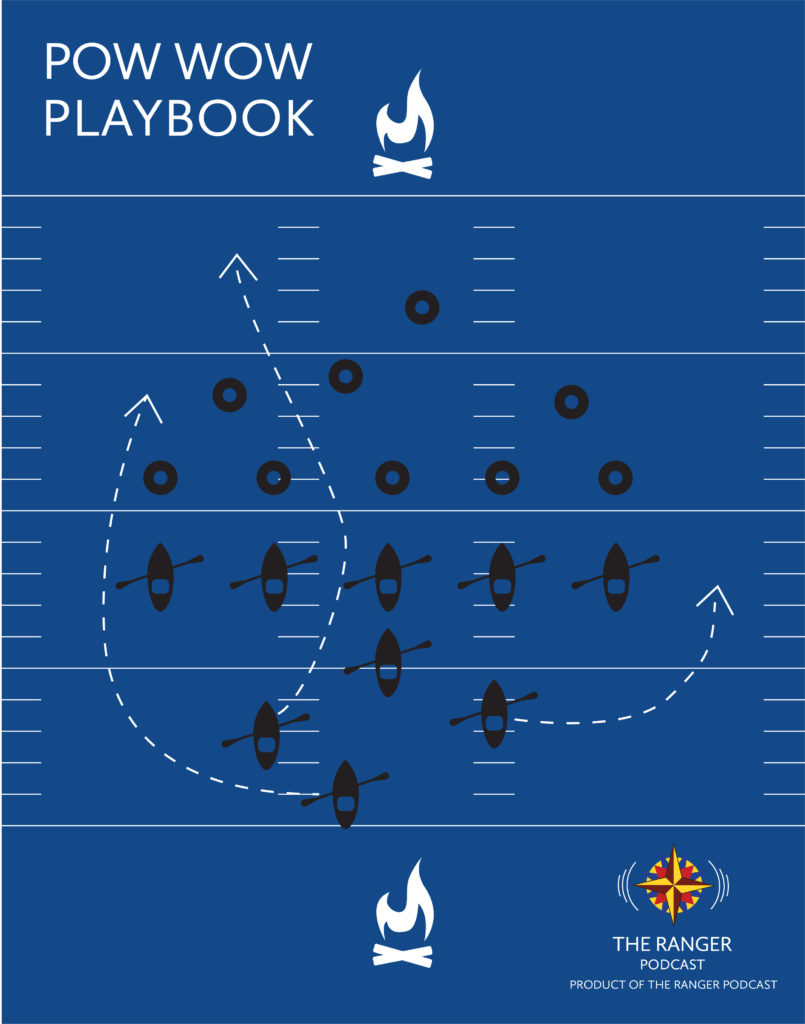Blog, Podcast Episodes
I Know You’re Not Measuring This [S02,E52]
Podcast: Play in new window | Download
Subscribe: RSS
I Know You’re Not Measuring This
We take role, we count dues, we record merits earned, but what are the things that should be measured so that your Outpost accomplishes is wildly important goals? The key is to divide what you measure into two categories: lag measures, and lead measures. Lag measure tells you if you’ve achieved the goal, a lead measure tells you if you are likely to achieve the goal. While a lag measure is hard to do anything about, a lead measure is virtually within your control. Lead measures tell the future while lag measure tell the past. (McChesney, Chris; Covey, Sean; Huling, Jim. The 4 Disciplines of Execution: Achieving Your Wildly Important Goals (p. 45). Free Press. Kindle Edition.)
Tipping The Scale
We all use a scale to measure our weight. It is the measure that trumps all others. No body posts that they the at 293 calories at lunch today. They mark their victory by saying, “I lost 32lbs”. Everyone knows exactly what a lag measure is all about. But, it’s only those that paid attention to the lead measure along the way that actually loose weight. How many calories you burned, and how many you consumed.
Lead Measures – Make Sure They are Predictable and Influenceable
A farmer may want to increase his net corn production by 20%. He determines that the better the rainfall the better the crops due. While rain fall can be predictable you can’t do much to influence it. Timely fertilization and insect control also are a predictor of crop production and is very influenceable.
Ok, So What Should We Measure
What to measure can be found in what you don’t think can be measured.
You can’t measure smiles, can you? However, how many churches have been turned into indoor skate parks or are just plain ghost town because of congregation, and guest satisfaction. Statements like, “that church was not very friendly”.
Unmeasurable Items
Even those the mission of every Outpost is the same, “mentoring future men”, there will be wildly important goals that differ between Outposts. In turn what you measure will be different. But, lets apply this to a common goal of every Outpost, ranger retention. Every Outpost wants new boys to visit , enjoy their experience and stay. The current method of measuring this is to check the role. We had 10 last week we have 10 this week. Great, we retained everyone. Conversely, we had 10 last week and we had 7 this week. We didn’t retain everyone. So, what are the lead measure that are predictable and influenceable? Boys will keep coming back if: 1. the commanders were prepared, 2. boys were recognized by name and greeted, 3. commanders were engaging and friendly to parents during drop off and pick up, 4. parents are kept informed, 5. boys are being equipped with new skills, 6. boys are given an opportunity to share their needs 7. Who is absent. If these are the things that drive up retention, then how do we measure them and hold ourselves accountable to their execution.
- How do you measure that a commander was prepared? Email the Senior Outpost commander the lesson plan 2 days before the weekly meeting.
- How do you measure greetings?
- How do you keep track of absentees?
In the words of consultant and entrepreneur Richard Koch, in business, “The mass of activity will always be pointless, poorly conceived, badly directed, wastefully executed, and largely beside the point. A small portion of activity will always be terrifically effective.… it is probably not what you think it is; it is opaque and buried within a basket of less effective activity.” (McChesney, Chris; Covey, Sean; Huling, Jim. The 4 Disciplines of Execution: Achieving Your Wildly Important Goals (p. 53). Free Press. Kindle Edition.)
We often talk about being on the right bus. Well trying to drive your Ranger bus with just lag measures is like driving while you’re looking in the rear-view mirror.
These concepts and ideas can be found in a great book that everyone should read. Anyone who has a wildly important goal will find great tools to help them succeed.

